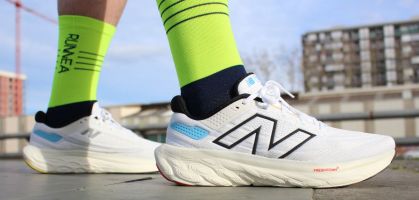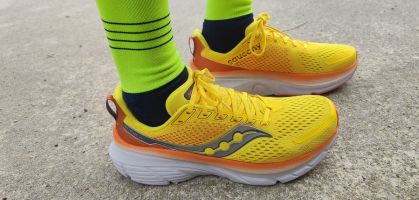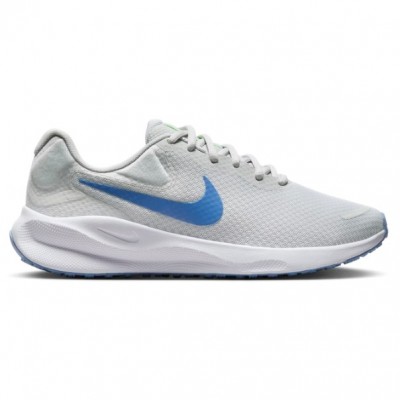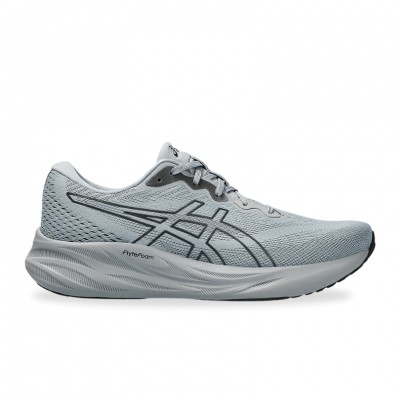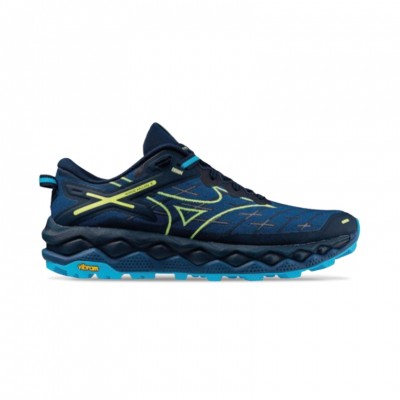running is a sport that, in addition to promoting cardiovascular health and general well-being, has become for many of us a passion and a way of life. However, as with any physical activity, it is not without risks. Today at RUNNEA we want to talk to you about one of the lesser known, but potentially serious, is exercise-associated hyponatremia, a condition that occurs when runners ingest too much water, diluting sodium levels in your body. It's no nonsense, so I recommend you read on as we tell you the science behind hyponatremia, how to prevent it, and practical tips for smart hydration.
Not sure which running shoe to choose?
In a few simple steps we help you to choose the ideal running shoe for you
Go to the Shoe Finder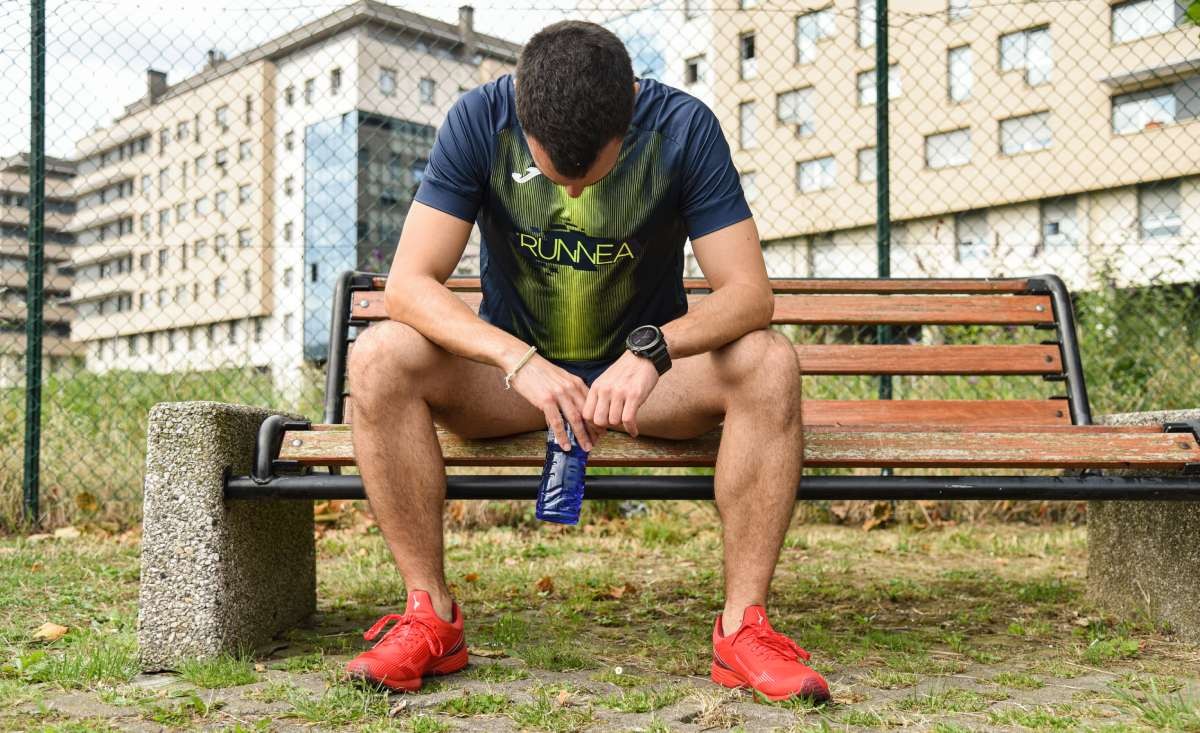
What is hyponatremia?
Hyponatremia is defined as a decrease in blood sodium concentration to levels below 135 millimoles per liter (mmol/L). This sounds too complex. Let's try to explain it, Sodium is an essential electrolyte that helps regulate the amount of water in and around cells. When sodium levels drop due to excessive fluid intake, cells begin to swell with excess water, which can lead to symptoms ranging from bloating and nausea to seizures and even cerebral edema.
The Science Behind Hyponatremia
Exercise-associated hyponatremia is a phenomenon that has recently caught the attention of the scientific community, especially in the context of endurance events. The physiology behind this condition is complex and multifactorial, involving both body fluid dynamics and hormonal response to prolonged exercise.
Physiological Mechanisms
Sodium is crucial for maintaining osmotic balance and neuromuscular function. During exercise, the body loses sodium and other electrolytes through sweat. Normally, thirst and sodium-conserving mechanisms of the kidney are activated to maintain homeostasis. However, in exercise-induced hyponatremia, excessive water intake dilutes the sodium concentration in the blood, and the kidney, despite its regulatory mechanisms, cannot excrete excess fluid rapidly.
Antidiuretic Hormone (ADH)
Antidiuretic hormone, also known as vasopressin, plays a crucial role in regulating fluid balance. During exercise, the body may secrete excess ADH, which reduces urine excretion and may contribute to water retention, exacerbating hyponatremia if there is excessive fluid intake.
Clinical and Epidemiological Studies
Studies have documented cases of hyponatremia in marathons and other endurance events, showing that it is not a rarity. For example, a study published in the "New England Journal of Medicine" found that 13% of participants in the Boston Marathon had a form of hyponatremia at the end of the race. Another study in"The Journal of Clinical Endocrinology & Metabolism" highlighted the importance of ADH in the development of hyponatremia during exercise.
Risk Factors
Risk factors for developing hyponatremia usually occur in exercise lasting longer than four hours, low sweating rates, cool weather conditions (which decrease thirst sensation and sweating rate), and the tendency to drink excessively motivated by fear of dehydration.
Health implications
The consequences of hyponatremia can range from mild symptoms, such as bloating and nausea, to severe cases including cerebral edema, seizures and, in rare cases, death. It is important to at least be aware of these mechanisms is vital to develop effective prevention strategies and for runners to be aware of the importance of proper hydration.
Prevention: Smart hydration
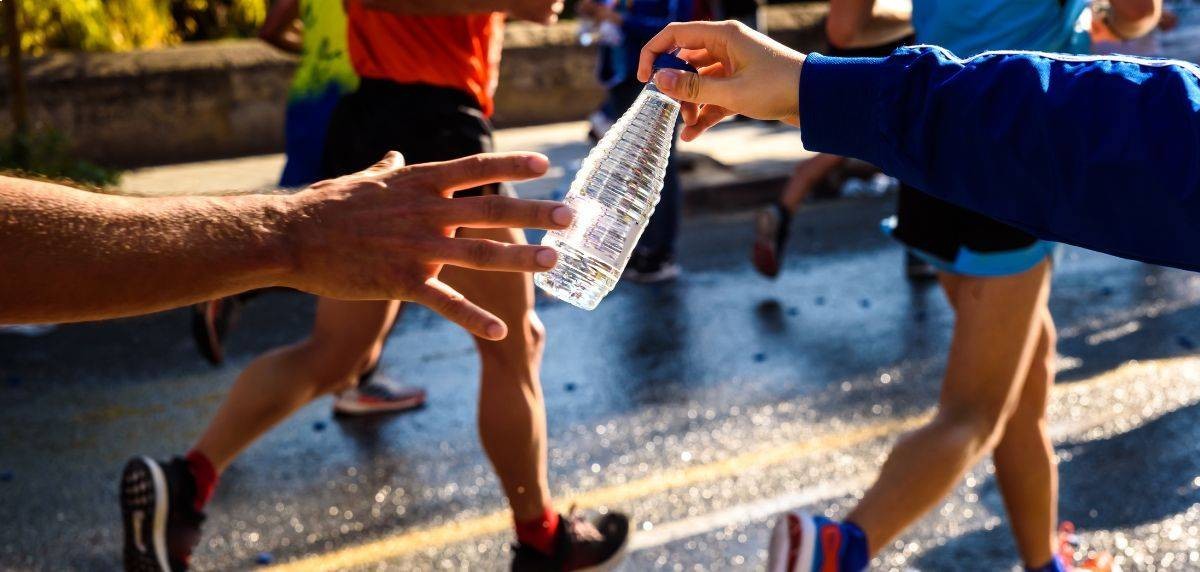
Prevention of hyponatremia focuses on balanced hydration. Runners should plan their fluid intake based on individual sweat loss and electrolyte needs. Drinking only when thirsty and not following the well-intentioned but potentially dangerous advice to "drink before you are thirsty" is critical. In addition, the use of sodium-containing sports drinks can help maintain electrolyte balance, especially during longer runs or in extreme heat.
Practical tips for effective hydration
- Know your sweat rate: Perform a 'sweat test' to estimate how much fluid you lose during a run and adjust your fluid intake accordingly.
- Listen to your body: Drink according to thirst, not by schedule or pre-set amount.
- Choose drinks with electrolytes: For prolonged efforts, alternate water with electrolyte-containing beverages.
- Avoid overwatering: Don't overhydrate in the days leading up to the race in an attempt to "pre-load" your hydration.
- Continuing education: Stay informed on the latest research and recommendations in sports nutrition and hydration.
Read more news about: Running News


